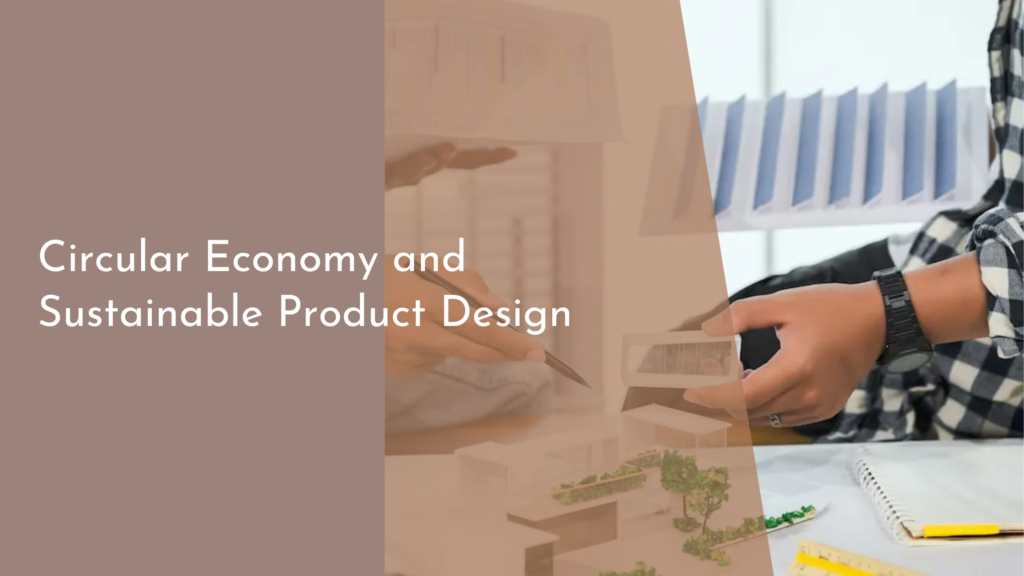Biodegradable liners for storage containers
In a world increasingly focused on sustainability and reducing our environmental footprint, biodegradable storage liners are emerging as an innovative solution for eco-conscious consumers. These liners not only serve a practical purpose by protecting storage containers but also contribute positively to the environment. By opting for biodegradable liners, you can make a small yet impactful change in your everyday life. In this article, we’ll explore the benefits of these liners, their environmental advantages, creative applications, and tips for choosing the right type for your needs.
Discover the Benefits of Biodegradable Storage Liners
Biodegradable storage liners are designed to break down naturally over time, making them a fantastic alternative to traditional plastic liners. One of the most significant benefits is their ability to reduce waste. Unlike conventional liners that can linger in landfills for centuries, biodegradable options decompose, returning essential nutrients to the soil and lessening the burden on our planet. This not only helps in managing waste but also promotes a healthier ecosystem.
Another advantage of biodegradable liners is their versatility. Available in various sizes and materials, these liners can be used for an array of storage needs, from food containers to organizational bins around the house or office. They provide a natural barrier that helps keep your containers clean while also being safe for food contact, making them an ideal choice for both kitchen and storage applications. With biodegradable liners, you can enjoy the functionality of a liner without compromising your commitment to sustainability.
How Biodegradable Liners Help the Environment
The environmental impact of biodegradable liners extends far beyond their ability to decompose. By choosing these products, consumers contribute to a reduction in plastic pollution, which is a significant global issue. Plastic waste in oceans and landfills poses a grave threat to wildlife and natural ecosystems. Biodegradable materials, on the other hand, break down into non-toxic components, ensuring that they do not harm the environment or the organisms that inhabit it.
Furthermore, many biodegradable liners are made from renewable resources, such as plant-based materials. This means that their production typically requires less energy and emits fewer greenhouse gases compared to traditional plastic manufacturing processes. By selecting biodegradable liners, you are supporting sustainable practices and encouraging manufacturers to invest in eco-friendly innovations. This small choice can create a ripple effect, inspiring others to consider the environmental ramifications of their purchasing decisions as well.
Creative Uses for Your Biodegradable Storage Liners
Biodegradable storage liners are not just practical; they also open the door to creative applications around the home and office. One popular use is lining drawers and shelves to protect surfaces from spills, scratches, and stains. These liners add a touch of charm by offering various designs and patterns, allowing you to personalize your storage areas while keeping them tidy and clean.
Additionally, biodegradable liners can be an excellent tool for gardening enthusiasts. Use them to line pots or planters, fostering a healthy growing environment for your plants. As the liners decompose over time, they enrich the soil, providing essential nutrients to your plants. These creative uses demonstrate that biodegradable liners can enhance both aesthetic appeal and functionality, proving that eco-friendly choices can also be beautiful.
Tips for Choosing the Right Liner for Your Containers
When selecting biodegradable storage liners, it’s essential to consider the material. Look for options made from natural fibers, such as paper, bamboo, or cornstarch, which are designed to break down efficiently. Additionally, ensure that the liners are certified biodegradable, as this guarantees they meet recognized environmental standards and will decompose in a reasonable timeframe.
Another factor to consider is the size and thickness of the liner. Ensure that the liner fits your containers snugly to avoid any slipping or bunching. Thicker liners offer added durability, making them suitable for heavier items, while thinner options may be better for lighter uses. By taking these factors into account, you can choose a biodegradable liner that meets your specific needs and contributes positively to the environment.
Biodegradable storage liners are more than just a practical choice; they are a step toward a more sustainable lifestyle. By understanding their benefits, creative applications, and tips for selection, you can make informed decisions that align with your environmental values. Embrace the cheerful transition to biodegradable options and experience the satisfaction of knowing you’re contributing to a healthier planet, one liner at a time!

